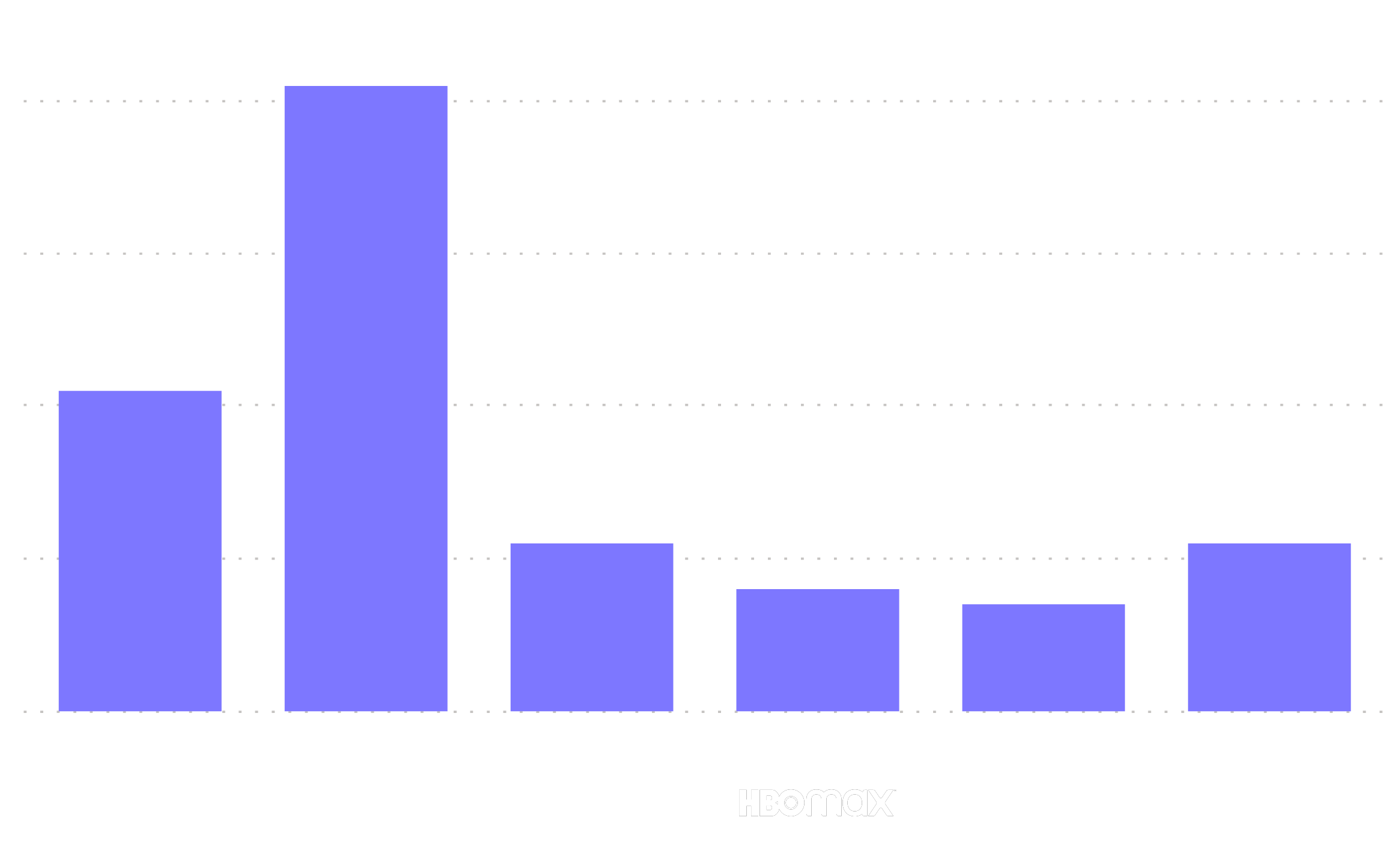With the launch of new streaming services like HBO Max and Peacock, and nationwide lockdowns leading to more time spent at home, streaming video continues to gain traction as a go-to source of entertainment among many Americans. We surveyed the Fluent audience to gain insight into where they’re watching, how much time they spend streaming, and the types of content they value most. We also look at features that factor into purchase decisions and the streaming services U.S. consumers say they can’t live without.
